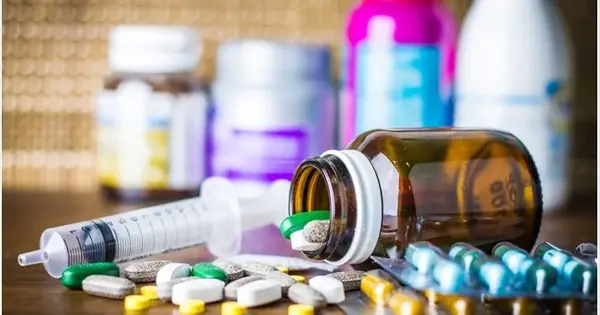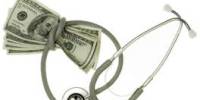Combined drug intoxication (CDI) occurs when two or more substances are consumed at the same time and can result in serious life-threatening conditions, including death. Multiple drug intake (MDI), also known as polydrug use, is a cause of death by drug overdose and is frequently associated with polysubstance dependence. While some medications can be taken safely together, “combined drug intoxication occurs when the toxicity of two or more substances negatively affects the body.
Deaths from combined drug intoxication are uncommon (one in several million). In 2004, there were 3,800 deaths in the United States as a result of a fatal medication error involving alcohol, compared to less than 100 such deaths in 1983. It is more dangerous for older patients.
Overdoses can occur when too much of a drug is accidentally taken, the wrong drug is consumed, more of a drug than is prescribed, or an incorrect combination of drugs is mistakenly given, according to the National Institute on Drug Abuse. When prescription medications are mixed with alcohol or recreational drugs, combined drug intoxication occurs.
Risk factors
Polypharmacy and other hypochondriac behaviors put people at a higher risk of dying from CDI. Other risks of drug combining include “brain damage, heart problems, seizures, stomach bleeding, liver damage/liver failure, heatstroke, coma, suppressed breathing, and respiratory failure,” among many others. Polydrug use can also lead to mood and anxiety disorders.
Elderly people are at the highest risk of CDI because they have many age-related health problems that necessitate many medications, combined with age-impaired judgment, which leads to medication confusion. Elderly patients are frequently prescribed multiple drugs from the same drug class, and doctors may treat the side effects of prescribed drugs with additional drugs, which can overwhelm the patient.
When suspecting combined drug intoxication, it is important to know which substances were consumed so that you can keep an eye out for potentially harmful side effects.
Prevention
Combining drugs or drugs and alcohol can result in combined drug intoxication. People frequently mix these substances knowingly in order to enhance the pleasurable effects of intoxication or a high. However, a person may take an illegal drug without realizing that it has already been mixed with another drug. This can have fatal consequences.
In general, the use of multiple drugs at the same time should be closely monitored by a qualified individual, such as a board-certified and licensed medical doctor, either an MD or DO. The close collaboration of prescribing physicians and pharmacies, as well as the computerization of prescriptions and patients’ medical histories, aim to reduce the occurrence of dangerous drug interactions.
Contraindication lists for a drug are typically included with it, either in monographs, package inserts (which accompany prescribed medications), or warning labels (for OTC drugs). Physicians who require their patients to return any unused prescriptions may also avoid CDI/MDI. Patients should check with their doctors and pharmacists to see if there are any drug interactions.
















